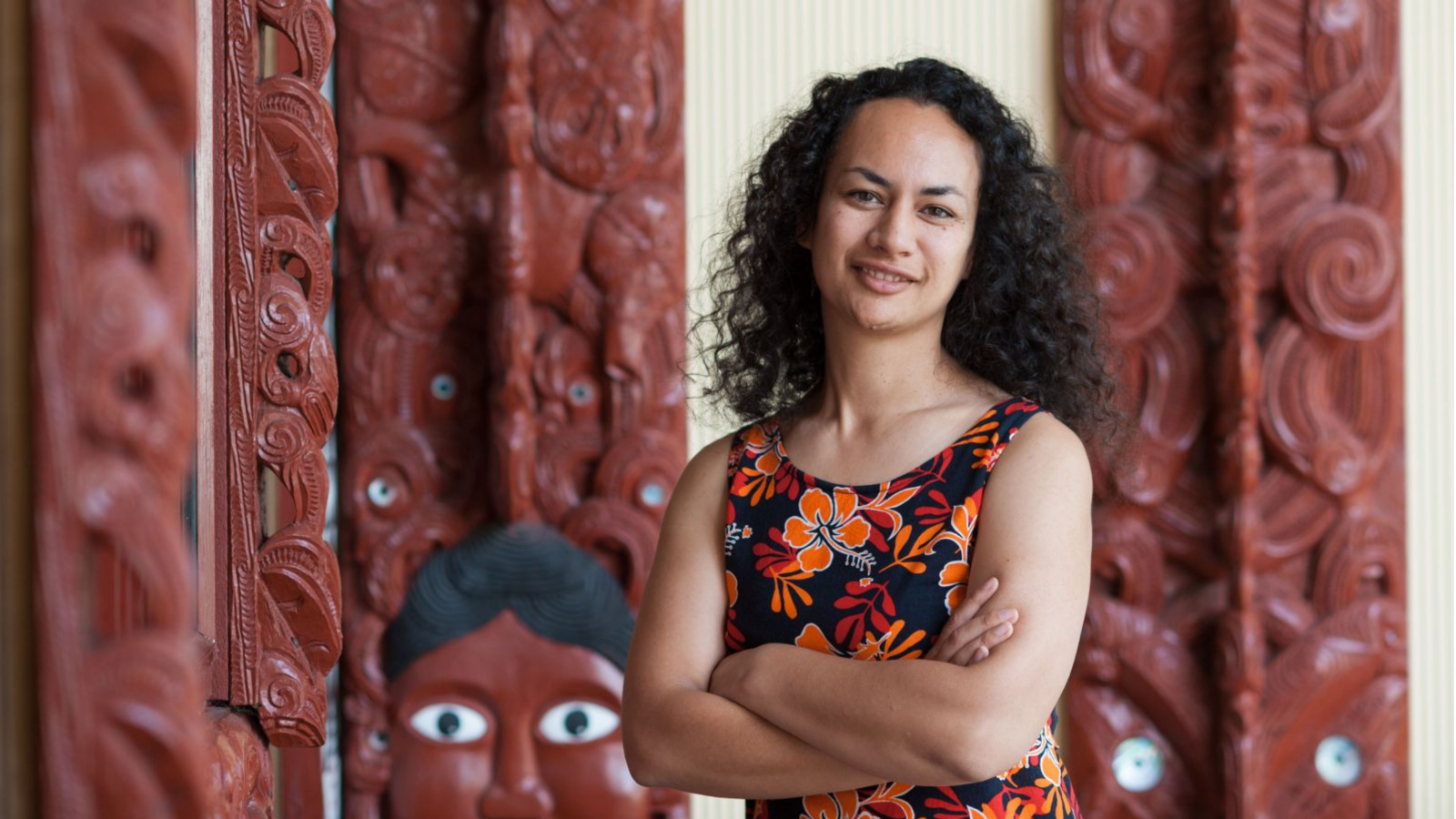
Dr Mercier, who is the head of Te Kawa a Māui (Māori Studies) at the University, has been awarded the Callaghan Medal from Royal Society Te Apārangi for her pioneering work to engage audiences in science and mātauranga Māori.
Her research revolves around the application of scientific principles and mātauranga Māori to real-world problems. Her science communication work spans television presenting, including the ground-breaking Project Mātauranga, public talks, online and print writing, and university teaching.
Dr Mercier first met Sir Paul at a MacDiarmid conference. “Once I finished my PhD, he offered me a post-doctoral fellowship studying Antarctic Sea Ice. He was my advisor, we went to Antarctica together, made measurements together, pulled a drill out of the ice together, pitched tents together.
“I’m hugely proud and honoured to be winning an award named after the maestro of science communicators, and my mentor.”
Dr Mercier (Ngāti Porou) was the first Māori woman to receive a PhD in Physics, in 2002.
“My inspiration to study Physics at University goes back to school and enjoying mathematics to begin with,” says Dr Mercier. “Then I enjoyed the sciences—the solutions and models and concreteness that they offered towards understanding our world. Doing Maths and Physics at University felt like a natural progression—I enjoyed languages as well, but I couldn’t see the pathway so clearly for languages as I could for science, which is ironic.”
One of her current research projects is working with GNS Science to better understand our groundwater and fresh water system.
“From underground aquifers discharged through springs, waterways and recharged back into aquifers, that cycle is very complex so we need multiple ways of understanding it. There are some amazing new techniques that GNS Science has developed, so we are bringing mātauranga, modelling and isotopic science together to better understand this process, and communicate it,” says Dr Mercier.
“Mātauranga is both a way of understanding, and a way of communicating to the people for whom it is essential knowledge. You can’t do that with pure science alone.”
Dr Mercier leads her school’s Te Kawa a Māui Atlas project, a digital repository of critical cultural mapping from Māori Studies students, that reflects their iwi kōrero and histories. “We look at oral mapping and waiata as maps—even pēpeha, that’s a little map,” she says.
“From a mātauranga and science perspective one of the goals I had with introducing map-based assignments to Māori studies was to understand how it intersects with a scientific way of looking at and representing space. It’s amazing work, because the students just love the maps, they love that it is a different way to express themselves.”
As investigators on a National Science Challenge: Our Biological Heritage with Professor Phil Lester, Dr Mercier and her team of Master’s students explore perceptions of biotechnological controls of pest wasps. “We were really trying to get a gauge on attitudes towards genetic modification: have they shifted, how have they shifted, and in what circumstances might people consider that we should do research in these areas,” says Dr Mercier.
The Callaghan Medal recognises an outstanding contribution to science communication and raising public awareness of the value of science to human progress.
In 2017, Dr Mercier was awarded the inaugural Lucy Cranwell Medal for science communication by the New Zealand Association of Scientists. She received an Ako Aotearoa Tertiary Teaching Excellence Award in 2012 in recognition of her teaching, which followed a Victoria University of Wellington Teaching Excellence Award in 2011.
